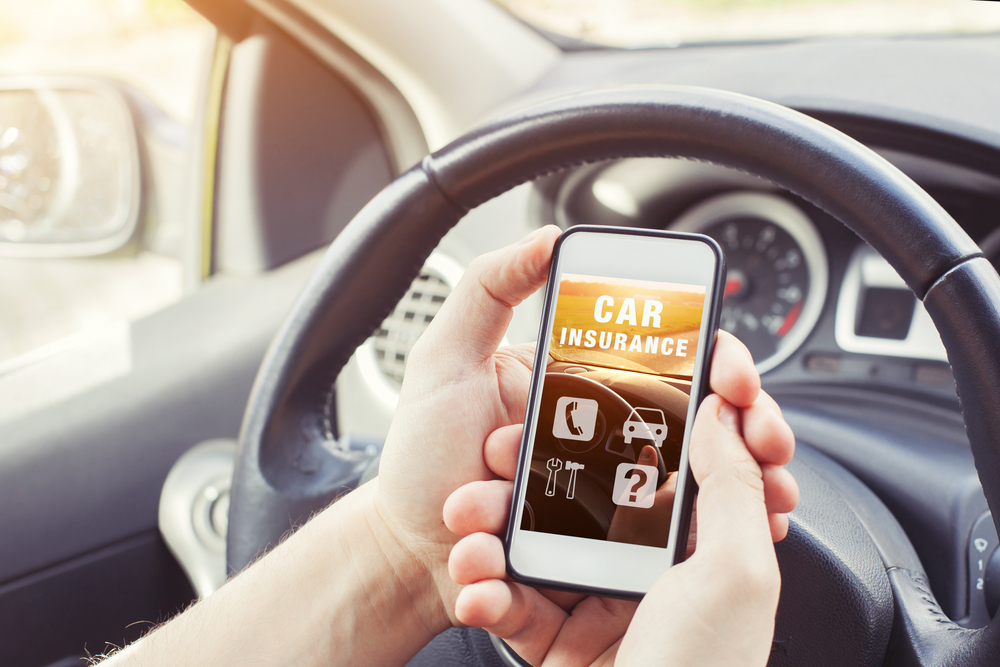
Many drivers have shifted the way they think about car insurance in 2020, the result of three dominant 2020 trends: (1) the surge in remote work, (2) increased popularity of road trips and (3) the growth of consumer interest in used cars. As thought leaders in insurance marketing, Digital Media Solutions‚ìá (DMS) is forecasting four predictions for auto insurance consumer shopping in Q4 2020 and 2021.
1. Consumers Working From Home Will Continue To Expect Flexibility, Empathy and Accommodations From Auto Insurance Carriers
In the U.S, 42% of the workforce now works from home full time, according to research by Stanford University. The study by Stanford economist, Nicholas Bloom, suggests that remote work will likely be part of the American labor landscape permanently. In the spring, many auto insurance carriers provided customers with flexible insurance options and rebates based on their new driving habits. With working from home remaining popular, more drivers are likely to express interest in usage-based insurance and will continue to expect carriers to be accommodating.
2. RV Owners Will Look For Auto Insurance Bundling Offers And Incentives
Expedia’s 2020 Summer Travel Report revealed that 72% of Americans felt travelling by car is safer than flying during the pandemic, As a result, sales for RVs and campers soared this summer as more consumers sought socially distant alternatives for enjoying leisure time away from home. Senior director of PR and social at Expedia, Nisreene Atassi, said, “Beaches and national parks remain popular, but more Americans are choosing destinations that are closer to home and drivable, versus going somewhere more exotic.”
As drivers continue to view cars as safe spaces, driving may continue to be a leisure activity and consumers will likely express interest in bundling insurance to RVs, campers and other recreational vehicles.
3. Used Car Shoppers Will Demand More Auto Insurance Coverage Optionality And Transparency

According to The New York Times, Neal Boudette reports that used cars are becoming the market’s hottest commodity. While production of new car models was on hold for nearly two months this spring, demand for older cars grew. Chief industry analyst for ALG, Eric Lyman, said, “Used vehicle sales were actually up year over year in August, as consumers turn[ed] toward the used car market for cost savings during these uncertain economic times, and also due to some supply shortages on the new vehicle side.”
With more drivers attracted to the low-cost benefits of used cars, audiences might also consider auto insurance options that offer more coverage while still being cost-effective. Used-car buyers may be initially drawn to minimal coverage options at the lowest cost advertised by carriers. Once an inquiry is submitted or contact is made, insurance providers may have the opportunity to encourage those drivers to consider slightly more comprehensive coverage as longer-term solutions.
4. As Temporary Auto Insurance Payment Extensions And Cancellation Offers Expire, Drivers Will Seek Cost-Savings Plans And Consider Changing Carriers
Associate vice president of auto insurance at LexisNexis Risk Solutions, Tanner Sheehan told Insurance Journal, “Cancellation moratoria imposed by carriers at the height of the COVID crisis will be expiring, state governments are reopening and issuing more driver’s licenses and carriers are starting to file for rate decreases.” Sheehan predicts that, based on Q3 performance, insurance shopping could pick up in Q4 and gain momentum going into 2021. As payment and cancellation extensions come to an end, more drivers will likely show interest in switching auto insurance carriers and will start shopping for the best-priced auto insurance coverage. While customer acquisition is vital, a focus on customer retention will help auto insurance carriers drive revenue.
Prediction-Based Recommendation For Auto Insurance Marketers: Be Available When Drivers Are Most Interested In Taking Action

The auto industry is preparing for a strong rebound. While consumers may not be driving to the office, the reliance on personal vehicles for safe and reliable transportation and travel will remain a growing trend. According to the Demand A Future report by Deloitte, which covered the customer experience, it is not COVID-19 but consumers who present the potential to be the most “disruptive force” in the auto insurance industry. In the report, Deloitte partner Andy Masters noted, “Insurers have to figure out how to offer customers products and services that are relevant to them at a time when they need them. [These are] about creating a more desirable experience that drives up the frequency and quality of the interaction.”
As auto insurance marketers consider plans for 2021, it is imperative to take a multichannel approach with an emphasis on digital marketing. Diversity of media channels can help insurance marketers better connect with drivers at the moments they are most ready to take action, no matter where they are shopping.
Are You Looking For Innovative Ways To Engage Insurance Buyers?
Click here to learn more about ZipQuote, the user-friendly platform that helps insurance agents convert digital prospecting efforts into written policies.



